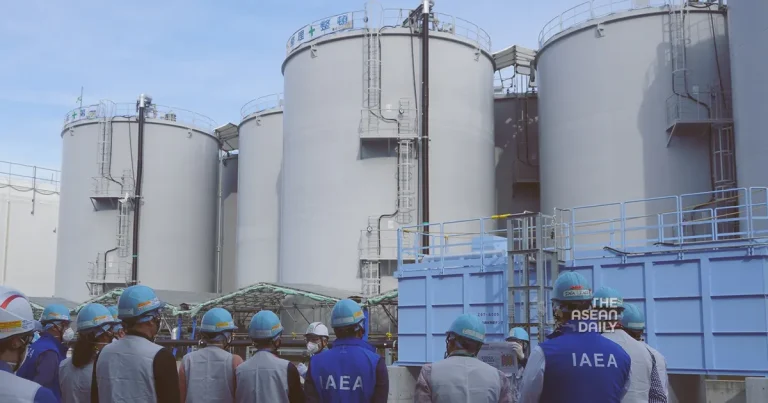15-12-2023 (TOKYO) Authorities have reported that a worker at Japan’s Fukushima nuclear plant has been found to have a high radiation level in his nose, serving as a stark reminder of the ongoing hazards involved in the cleanup efforts at the facility, which was crippled by a disaster in 2011.
According to Tokyo Electric Power (Tepco), the operator of the plant, on Thursday (Dec 15), radioactive materials may have come into contact with the worker’s face on Monday when he removed a full-face mask after completing his work.
While the employee has not experienced any immediate negative health effects, a full body scan revealed no signs of internal contamination. However, Tepco has stated that a comprehensive analysis will be conducted next month to assess the extent of the exposure.
This incident marks the second occurrence within three months. In October, four workers were splashed with water containing radioactive materials, leading to two of them being hospitalized as a precautionary measure.
The Fukushima nuclear power facility was devastated by a massive earthquake and subsequent tsunami in 2011, resulting in the loss of 18,000 lives. It stands as one of the most severe nuclear disasters in history.
The cleanup operation at the site is anticipated to span several decades, with the most hazardous phase, involving the removal of radioactive fuel and debris from three severely damaged reactors, yet to commence.
In August, Japan initiated the release of treated wastewater into the Pacific Ocean, equivalent to the volume of 540 Olympic swimming pools, which has been collected since the catastrophe. The Japanese government maintains that the water is harmless, a view supported by the United Nations’ nuclear watchdog. However, China and Russia have imposed bans on seafood imports from Japan in response to this action.




